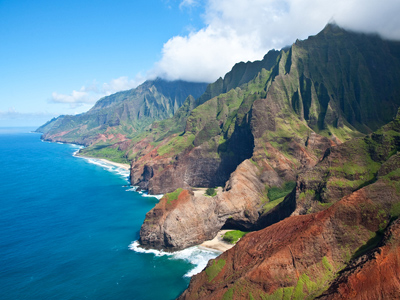
Volcanoes in the Middle of Tectonic Plates
This GCSE Geography quiz will challenge you on volcanoes in the middle of tectonic plates. By now, you will no doubt have learnt that volcanoes occur in narrow belts in certain areas of the world. These belts also suffer earthquakes and they mark out the areas where the Earth's tectonic plates are coming together or moving apart. But there are some volcanoes that occur well away from the edges of the plates. These create natural hazards that are a danger to life when they erupt.
Volcanoes that form away from plate boundaries are created by hotspots. A hotspot is an area in the mantle that is believed to be somewhat hotter than the surrounding material. The rising magma from the hotspot can push its way through the crust and burst out at the surface, forming a volcano.
Ready for more?
not all...
quizzers. Try to win a coveted spot on our Hall of Fame Page.







